Number Patterns
Number patterns are sequences of numbers that follow a certain rule or pattern. These patterns can be found in counting sequences, times tables, and many other mathematical contexts. Understanding number patterns helps students develop their logical thinking and problem-solving skills.
Types of Number Patterns
1. Increasing Patterns: In an increasing pattern, each number is greater than the one before it. For example: 2, 4, 6, 8, 10... where each number increases by 2.
2. Decreasing Patterns: In a decreasing pattern, each number is smaller than the one before it. For example: 10, 8, 6, 4, 2... where each number decreases by 2.
3. Multiplication Patterns: In a multiplication pattern, each number is the product of a fixed number and the previous number. For example: 3, 6, 12, 24... where each number is multiplied by 2.
4. Geometric Patterns: In a geometric pattern, each number is the result of raising a fixed number to a power or multiplying by a fixed number. For example: 2, 6, 18, 54... where each number is multiplied by 3.
Finding and Extending Number Patterns
To find and extend number patterns, students can use various strategies:
1. Counting by a Fixed Number: Students can count forward or backward by a fixed number to find the next numbers in the pattern.
2. Identifying the Rule: By examining the relationship between consecutive numbers, students can determine the rule governing the pattern.
3. Using Tables and Charts: Organizing the numbers in a table or chart can help students visualize the pattern and predict the next numbers.
Real-World Applications
Number patterns are not only confined to math problems. They appear in various real-world scenarios such as analyzing financial trends, understanding natural phenomena, and predicting future events based on historical data.
Understanding number patterns lays the foundation for more advanced mathematical concepts and fosters critical thinking skills in students.
In conclusion, number patterns provide an essential framework for understanding the structure and regularity of numbers, and their applications extend beyond the realm of mathematics.
.◂Math Worksheets and Study Guides Second Grade. Fractions Greater Than or Less Than 1/2
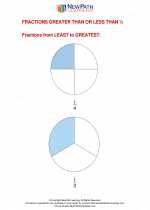
 Worksheet/Answer key
Worksheet/Answer key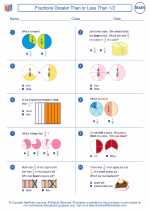
 Worksheet/Answer key
Worksheet/Answer key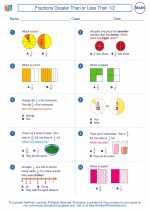
 Worksheet/Answer key
Worksheet/Answer key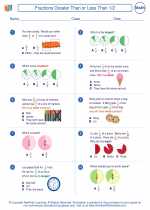
 Worksheet/Answer key
Worksheet/Answer key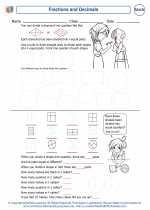
 Worksheet/Answer key
Worksheet/Answer key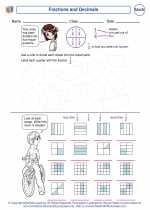
 Vocabulary/Answer key
Vocabulary/Answer key
